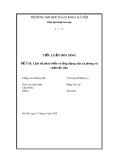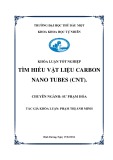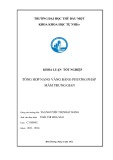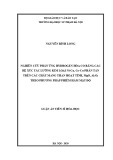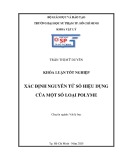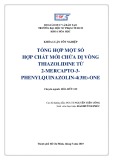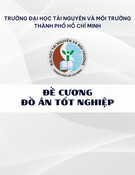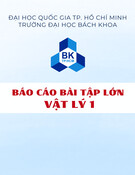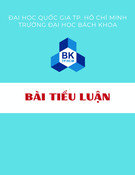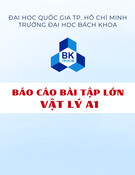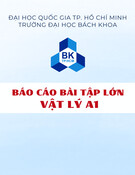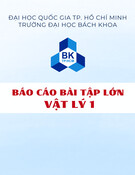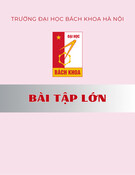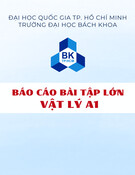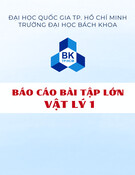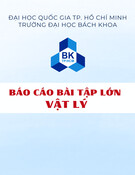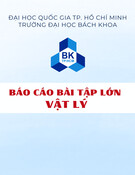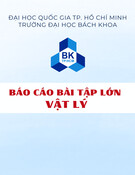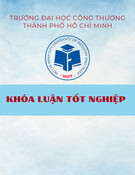
- 1 -
A. INTRODUCTION
TiO
2
is known as a photocatalytic and hydrophilic
semiconductor material when excited by light. That is why TiO
2
is
considered to be a functional material that has the potential to
create self-cleaning materials for practical applications. The
hydrophilic nature of the material surface under optical excitiation
is closely related to the material properties, surface configuration
and stimulus. For this reason, the study on the hydrophilicity of the
material is a very academically attractive subject in studying the
properties as well as physical processes on the surface.
In the world, recent studies show the relationship between the
hydrophilicity of the solid surface and surface energy. Exciation by
light produces a change in surface energy, leading to a change in
hydrophilicity.
The systematic and quantitative study of the changes in
surface energy under the differentiation of TiO
2
with different
nano-structures promises to bring further information to the
photocatalytic mechanism and super-hydrophilic effects of TiO
2
material.
In Vietnam, there are a few studies related to hydrophilicity or
surface energy of materials, especially hydrophilicity under the
Exciation of the light. Therefore, the objectives of the thesis are
presented as follows:
The objectives of the thesis:
Study on materials fabrication technology; structural -
photocatalytic properties of TiO
2
material, and TiO
2
as the
nanostructured variant. On the basis of such material system, the
systematic and quantitative study on hydrophilicity or, in other
words, the study of surface energy of material systems under
Exciation of UV light radiation. Further clarification of the
correlation between photocatalytic activity, self-cleaning and
hydrophobicity of TiO
2
nanostructured materials.
Research subjects: The thesis focuses on two structural
systems on the basis of nanostructured and anatse-shaped TiO
2
: The
complex nano-structure TiO
2
/SiO
2
and Nano-porous TiO
2
/PEG.









